England’s Crop Art and the World’s Largest Jellyfish
Tuesday, 5th April 2011 by Alex Turnbull
In the early Summer of 2009, England's annual crop art season got underway in spectacular fashion with one of the most impressive creations ever to grace a Barley field - a gargantuan 250m long, 60m wide Jellyfish that appeared one night as if from nowhere.
Each year from April to August, around 60-80 designs are discovered in fields across England, especially in the county of Wiltshire. Occasionally though the patterns are found in adjoining counties, as is the case with the Jellyfish, which was in Oxfordshire.
One reason for the concentration of crop circle activity in Wiltshire may be that it is swimming in prehistoric artefacts, most famously Stonehenge, but also the larger and older Neolithic henge of Avebury, as well as Silbury Hill, which is the largest artificial mound in Europe.
Of course it probably isn't a coincidence that Wiltshire is the neighbouring county of Hampshire, which is where Doug Bower and Dave Chorley were from. They were the two men who in 1991 famously announced that "alien" crop circles were all a hoax, and that they alone had been personally responsible for the vast majority of the hundreds of crop circles that had appeared since they were first seen in Wiltshire in 1978.
However, every year since the hoax was revealed, England's "crop circles" have become increasingly more complex, and the 2010 crop season was a bumper one, with many adventurous designs created. Due to their ephemeral nature, few are ever recorded on Google Maps and Earth at the peak of their existence, but their sheer quantity ensures that zooming out from Avebury even very slightly reveals the remains of two pieces of crop art within just a few hundred metres.
Examining the Oxfordshire Jellyfish in closer detail reveals that it was made up of a number of more "traditional" crop-circles - whereby the plants are meticulously flattened using simple tools - but the artists and exact techniques employed remain unknown!
Actually, some like to pretend they're unknown, but when you run a website advertising your crop-art-creation skills for hire to the world's biggest brands, it's really not that hard to work out who might be behind it all. This appearance on QI didn't do much to keep the whole thing shrouded in mystery either.
Today's professional circlemakers argue that the designs themselves cause very little damage to the crops, and that a savvy farmer could recoup the cost of any damage by charging tourists for access to the site. It's also unlikely that the photographers, publicans or journalists who benefit from the annual attention are going to be calling for an end to the tradition any time soon.
Expect to see the papers reporting the first crop circle appearances of 2011 any day now.
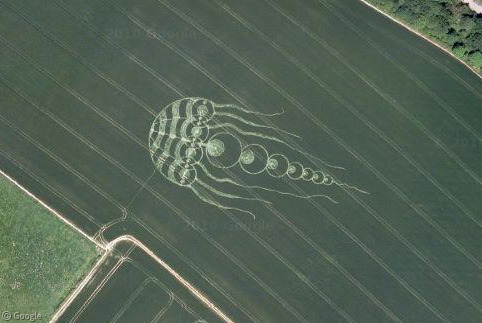
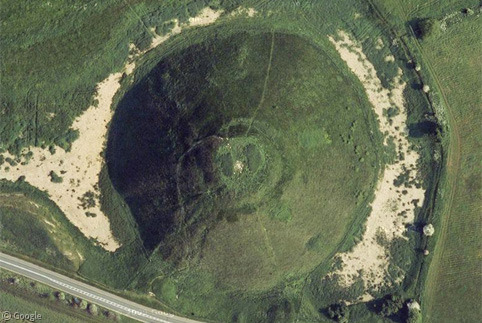
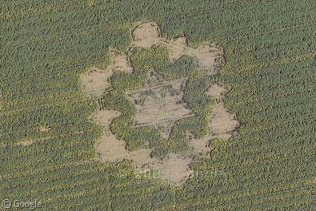
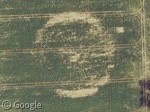
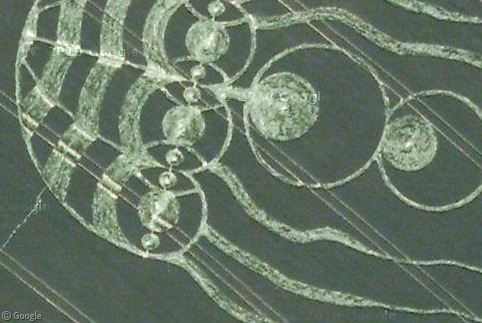
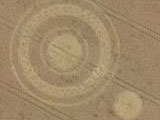
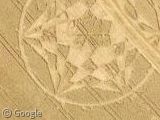
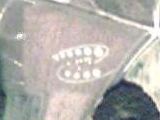
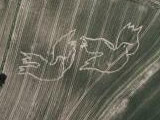
I’m surprised you haven’t had anyone complain about the anti-alien bias of the article yet 😉
It takes a while for the RSS feed to reach other galaxies, but I expect outrage when it finally does…
This is also near the Uffington Horse!